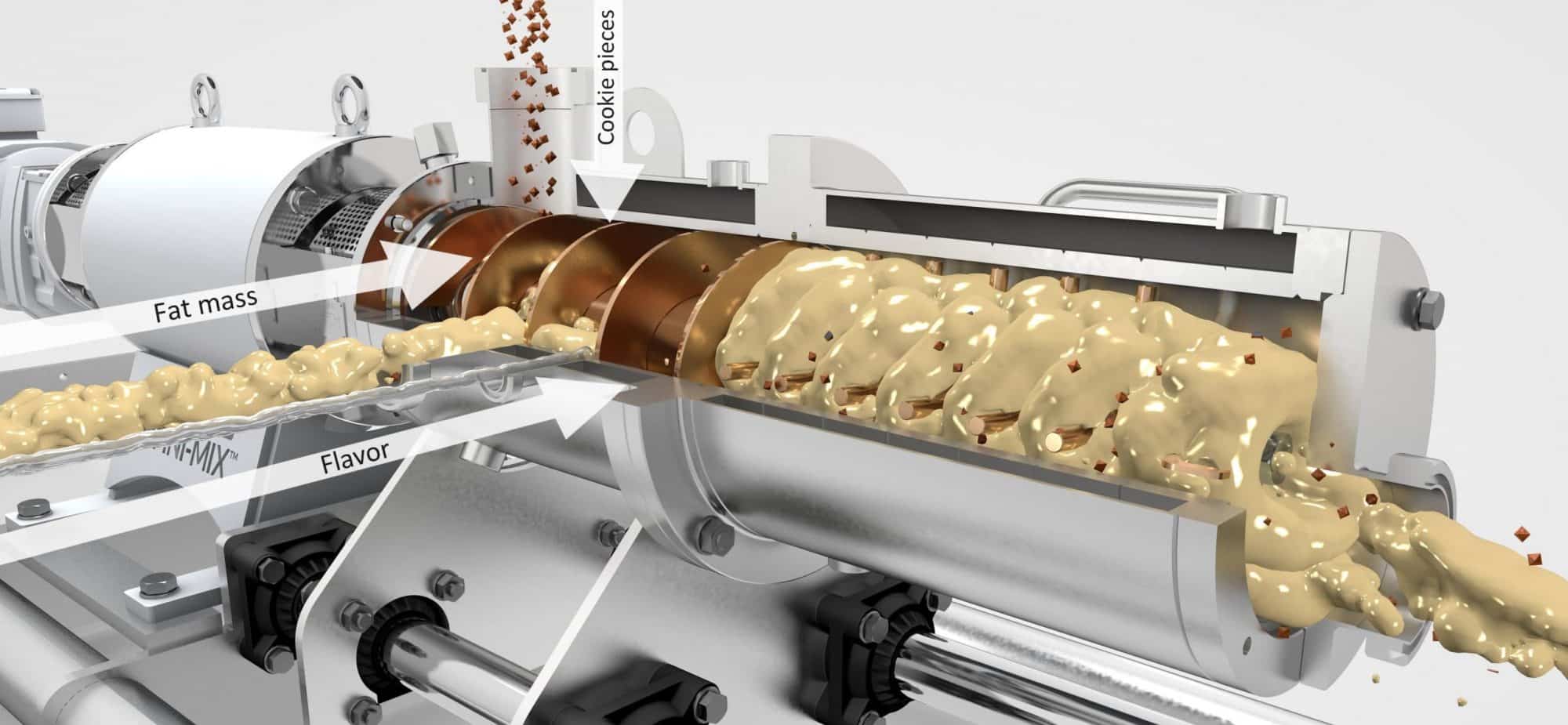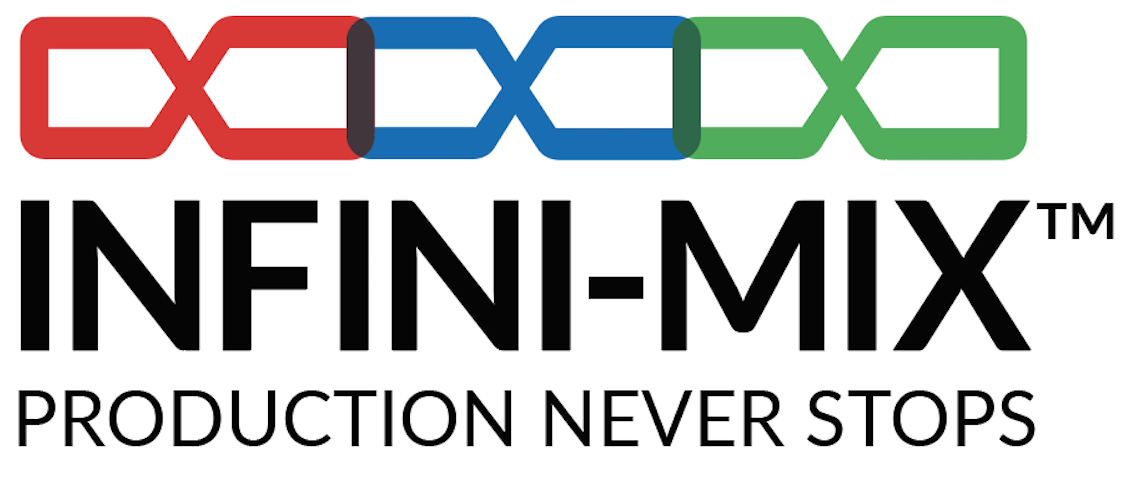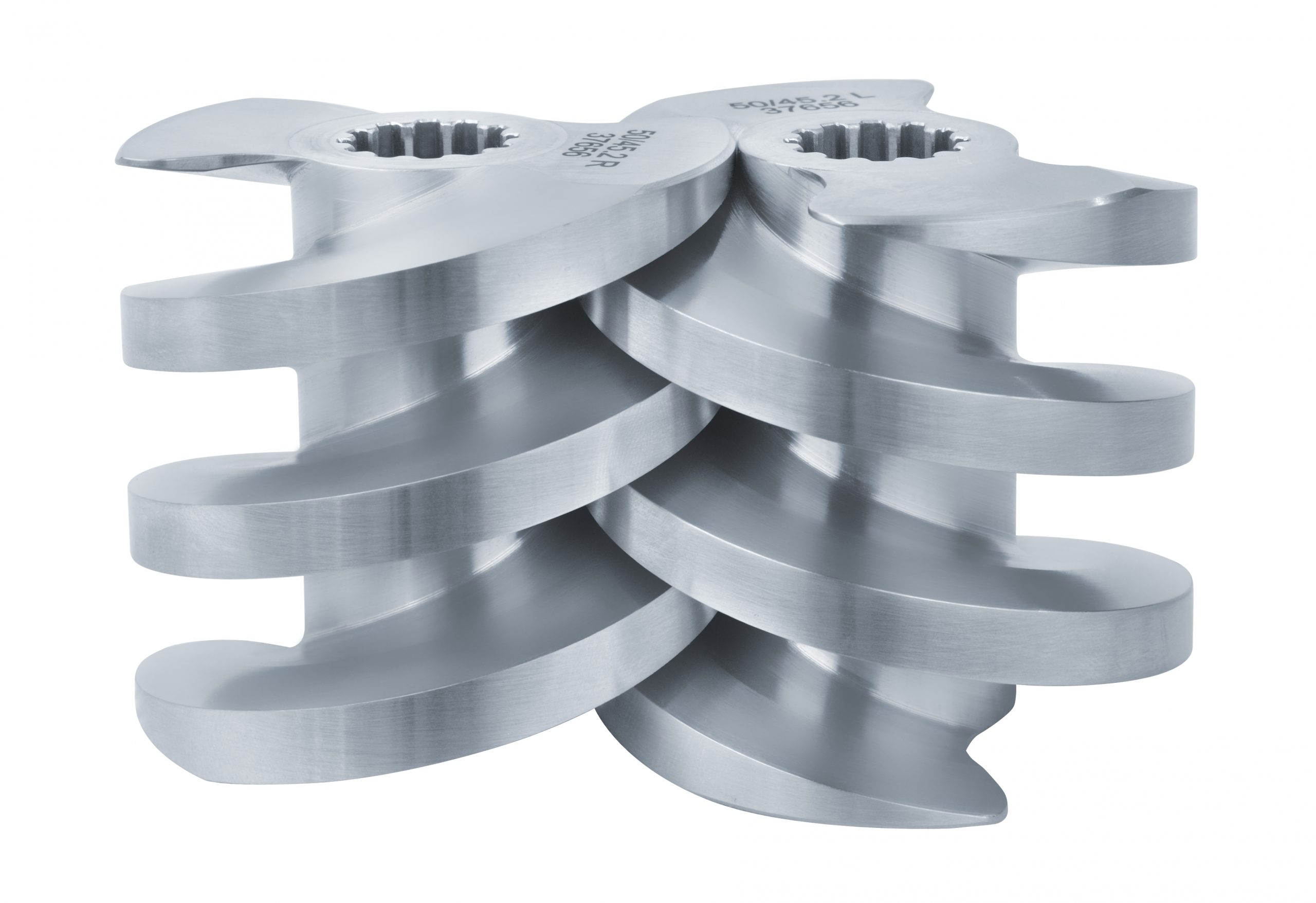Mixing Technology Reference Guide
"IN-LINE" vs. "IN-TANK"
Both IN-LINE and IN-TANK mixers can offer any level of mixing intensity. However, an inline mixer is located outside of a tank (or group of tanks). The contents of the tank are recirculated through the mixer and back to the top of the tank until the product is homogenous. Everything exiting the tank is guaranteed to run through the mixer. This eliminates the need for strainers downstream to catch agglomerates and “clumps” of unmixed powders.
An “IN-TANK MIXER”, or batch mixer, is a tank-mounted mixer. Though often less expensive than most “INLINE MIXERS”, batch mixers are typically sized for a specific application or range of applications on a specific tank. Once installed, batch mixers can be difficult to move around from tank to tank.
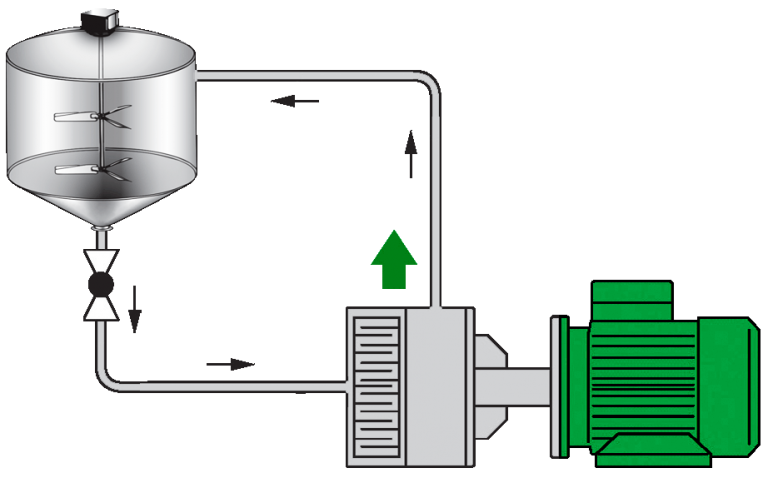
An INLINE MIXER can be put on a cart and wheeled from tank to tank easily. It can also service multiple tanks through simple flow panels and valve manifolds. There is increased flexibility with an inline, mixing solution. ASK OUR EXPERT!
"Dynamic" vs. "STATIC" Mixing
“Dynamic” means that there is always a rotating element that is creating the mixing energy. Dynamic mixers can be INLINE or IN-TANK but static mixers must be INLINE.
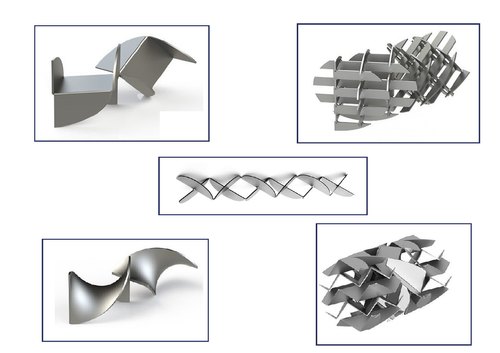
Though some are standard “cookie cutter” inserts, most “STATIC” mixers are custom fabricated for an application and are fitted inside a length of pipe. Static mixers have no moving parts. The insert is cut, bent and twisted in specific, engineered patterns in order to create the desired mixing result. The geometry can be simple or complex depending upon the complexity of the application. Most importantly, they are sized for a specific mixing result for a specific application at a given pipe velocity.
Because static mixers act as “obstacle” courses inside the pipe, they can create high pressure drops and also be difficult to CIP. Static mixers are used for LIQUID-LIQUID or LIQUID-GAS mixing applications.
All dynamic mixers have some type of rotating element to create the mixing energy. Various shapes of rotors and/or stators with varying clearances create different levels of mixing intensity. Most dynamic mixers are self-cleaning in that they generate the mechanical force to clean themselves during atypical CIP cycle. They can be used for LIQUID-LIQUID, LIQUID-GAS and LIQUID-SOLID mixing applications.
